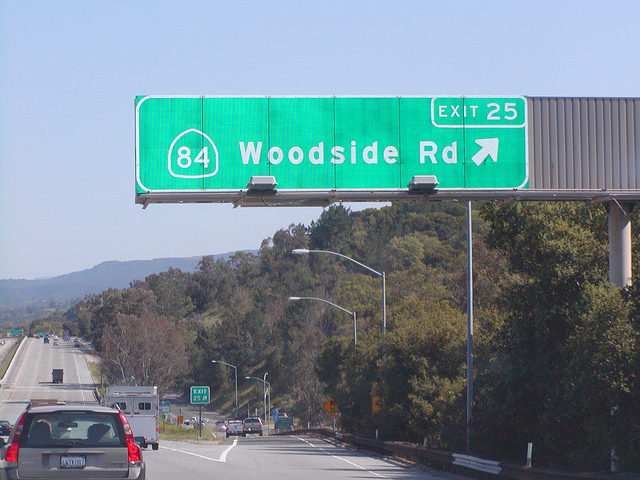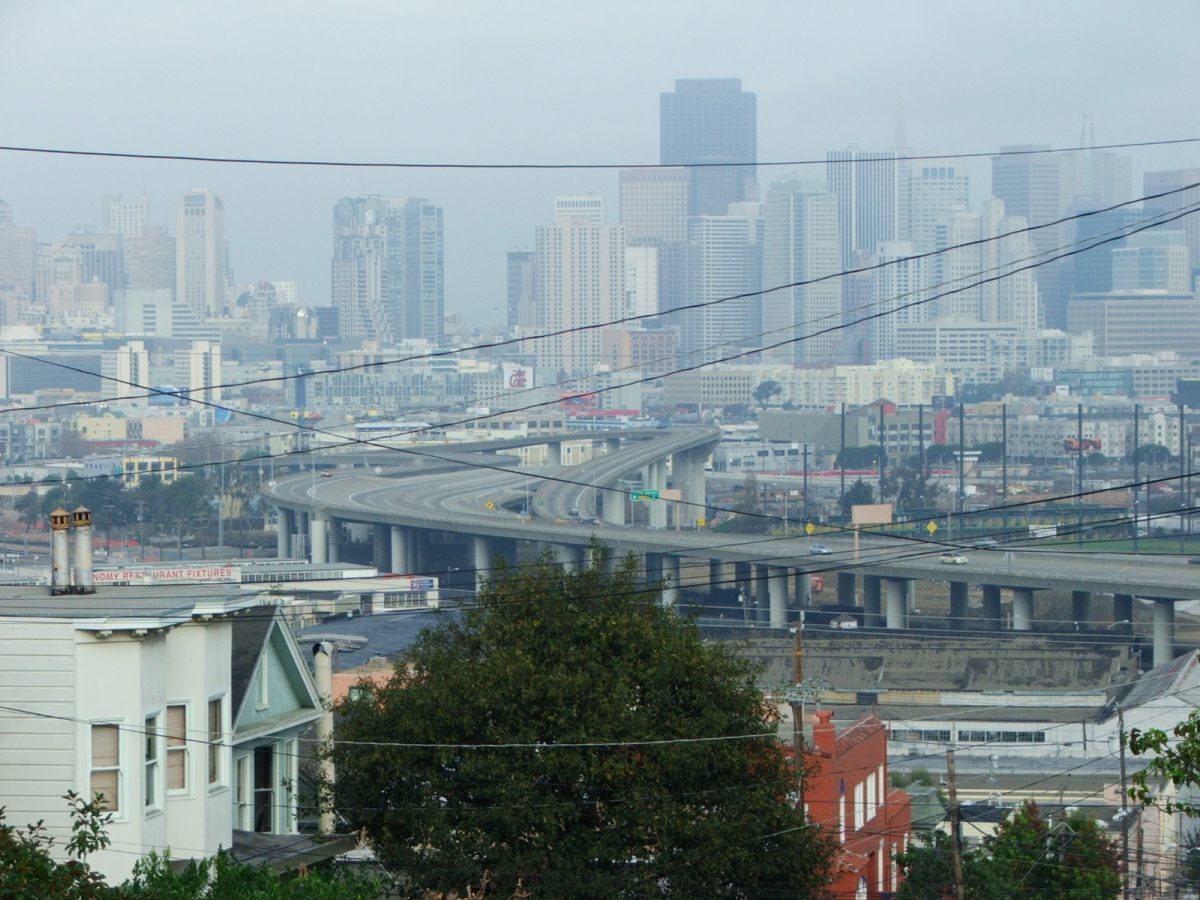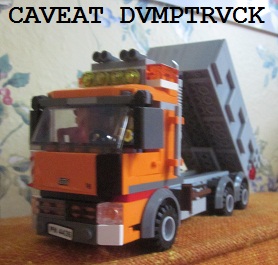Freeway 280
Las casitas near the gray cannery,
nestled amid wild abrazos of climbing roses
and man-high red geraniums
are gone now.The freeway conceals it
all beneath a raised scar.
But under the fake windsounds of the open lanes,
in the abandoned lots below, new grasses sprout,
wild mustard remembers, old gardens
come back stronger than they were,
trees have been left standing in their yards.
Albaricoqueros, cerezos, nogales . . .
Viejitas come here with paper bags to gather greens.
Espinaca, verdolagas, yerbabuena . . .
I scramble over the wire fence
that would have kept me out.
Once, I wanted out, wanted the rigid lanes
to take me to a place without sun,
without the smell of tomatoes burning
on swing shift in the greasy summer air.
Maybe it’s here
en los campos extraños de esta ciudad
where I’ll find it, that part of me
mown under
like a corpse
or a loose seed.
– Lorna Dee Cervantes
 I remember 280 from my childhood, as we used to drive the 350 miles down from Arcata to Woodside (La Honda) which would generally lead to using some portion of this highway for the last stretch in San Mateo county south of San Francisco (although stretches of 280 weren’t even completed until the mid 1970’s I don’t think). The Woodside of my childhood wasn’t the exclusive enclave of Silicon Valley bazillionaires that it has become now, but rather at that time it was the eastern edge of a sort of South Bay hippie hillbilly zone lurking among the redwood forests west of Palo Alto. That’s what drew my parents there, of course.
I remember 280 from my childhood, as we used to drive the 350 miles down from Arcata to Woodside (La Honda) which would generally lead to using some portion of this highway for the last stretch in San Mateo county south of San Francisco (although stretches of 280 weren’t even completed until the mid 1970’s I don’t think). The Woodside of my childhood wasn’t the exclusive enclave of Silicon Valley bazillionaires that it has become now, but rather at that time it was the eastern edge of a sort of South Bay hippie hillbilly zone lurking among the redwood forests west of Palo Alto. That’s what drew my parents there, of course.
 I think the 280 of this poem is the northern terminus in the gritty neighborhoods of the South-of-Market part of San Francisco, which weren’t, then (when the poem was written or when I was a child), what they have become, now. South of Market in San Francisco before the 1990’s was poor, ghetto, barrio, and bleak. I remember this, because although we lived nearly 300 miles away, San Francisco was the only city in my childhood. It was, simply, “The City.”
I think the 280 of this poem is the northern terminus in the gritty neighborhoods of the South-of-Market part of San Francisco, which weren’t, then (when the poem was written or when I was a child), what they have become, now. South of Market in San Francisco before the 1990’s was poor, ghetto, barrio, and bleak. I remember this, because although we lived nearly 300 miles away, San Francisco was the only city in my childhood. It was, simply, “The City.”
